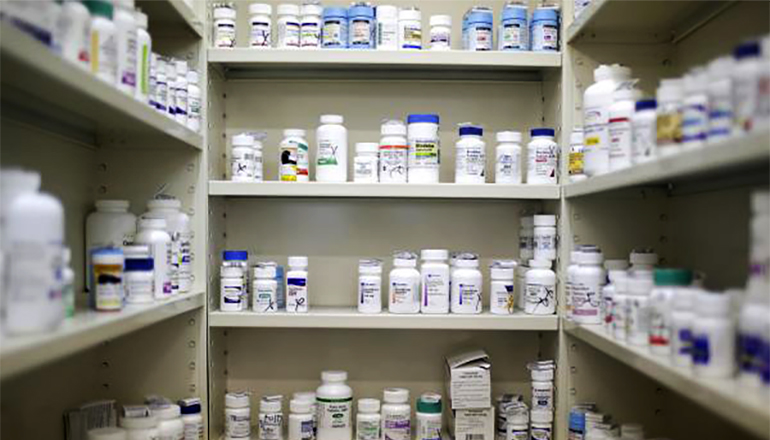The opioid crisis in Missouri has reached epidemic levels with 908 opioid-related deaths recorded in the state in 2016. As part of a comprehensive, integrated and innovative approach to addressing this crisis, Missouri is taking a multifaceted approach to reducing the impact of opioids on the state.
A series of Opioid Summits are being held throughout the state with some meetings already concluded. These summits offer a collaborative opportunity for leaders from a variety of sectors-health care professionals, the faith community, state and local governments, law enforcement and more to bring awareness to the issue, discuss the best interventions available, spur action and address problems found across the state.
The first two summits, held in Springfield and Cape Girardeau, had a combined total of almost 1,000 participants. A list of upcoming summit dates, locations, and registration information can be found here; a short video of Governor Greitens’ remarks at the first opioid summit can be found here.
Another significant piece of Missouri’s efforts to combat the opioid crisis is to increase the availability of, access to and training for naloxone, an overdose reversal drug. Missouri was recently awarded a competitive grant from the U.S. Department of Health and Human Services that provides $800,000 annually for four years. This funding will be used to reduce opioid-involved deaths through training, education and the distribution of naloxone to qualified individuals.
The Missouri Department of Health and Senior Services will lead the project, in partnership with the Missouri Overdose Rescue and Education (MORE) project and the Missouri Heroin Overdose Prevention and Education (MO-HOPE) project, the Missouri Institute of Mental Health and the Missouri Department of Mental Health. MORE will build on existing programs and partnerships developed by MO-HOPE, training rural-area first responders on the prevention of prescription drug and opioid-related deaths and implementing secondary prevention strategies, including the purchase and distribution of naloxone.







